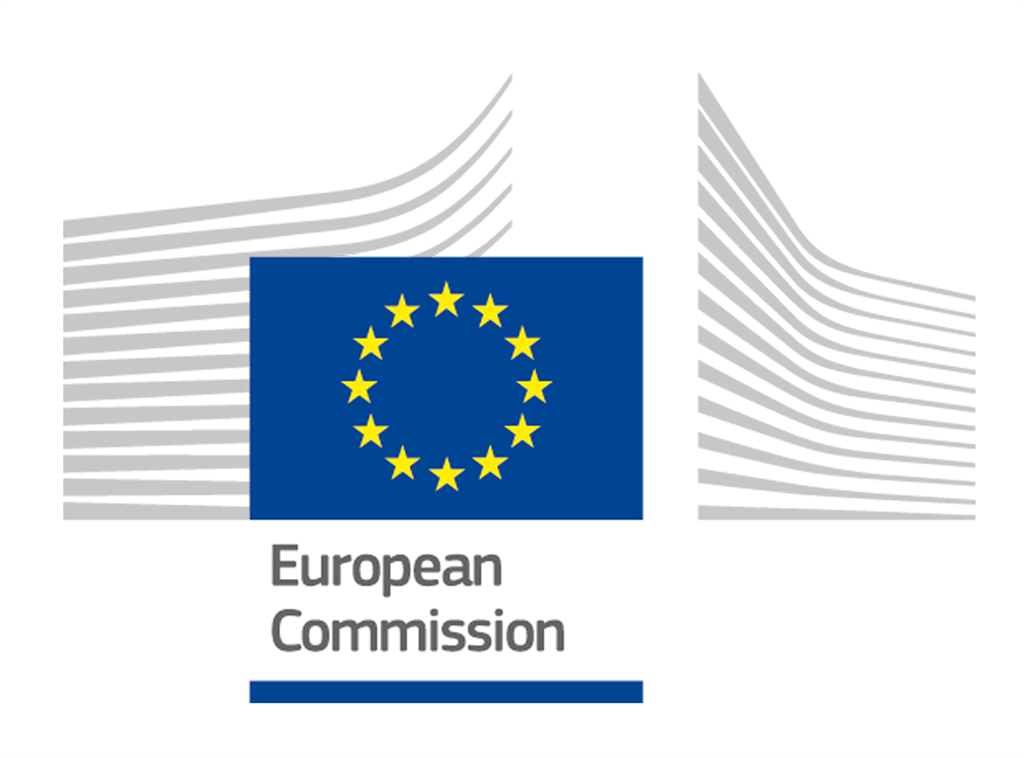Community / Land projects / Reducing the threats to endangered reptiles from habitat loss and Invasive Alien Species (IAS) through enhance
Reducing the threats to endangered reptiles from habitat loss and Invasive Alien Species (IAS) through enhance

€803463.3284
05/23 - 05/23
Completed
This project is part of
Implementing Organisations
Donors
Data Providers
Objectives
To reduce the threats to endangered reptiles from habitat loss and Invasive Alien Species by enhancing biodiversity governance and biosecurity frameworks in Barbados.
Other
Note: Disbursement data provided is cumulative and covers disbursement made by the project Agency.
Target Groups
The project aims to address direct drivers that are threatening endemic biodiversity in Barbados that are of global significance by strengthening the policy environment for sensitive ecosystem protection and conservation, and expanding protective landscapes that are IAS-free to assist with species recovery efforts. The project will be a flagship initiative aimed at preventing further species extinctions in Barbados and will contribute to the global knowledge commons in innovative conservation approaches for critically endangered endemic reptiles in small island environments. The project will continue to upscale ongoing work in the Caribbean and other SIDS that will result in global environmental benefits in reducing rates of biodiversity loss in vulnerable ecosystems. The project will contribute to expanding benefits among the local communities. This will be through the opportunities created through nature-based tourism associated with visitation to the conservation centre. It is expected that local enterprises will be fostered and/or diversified through product offerings to visitors in terms of souvenir, culinary and cultural experiences that will generate revenue. The project, guided by the business plan will explore benefits with focus on ensuring gender equity and youth engagement in access to these opportunities. A concrete benefit the project intends to deliver on is contribution to mainstreaming of ecosystem management considerations within physical development planning through enhanced guidelines and statutory frameworks (under the national Physical Development Plan) that better informs land use planning to ensure that landscape conservation efforts under the ‘flagship’ theme of endangered reptile conservation are sustainable in the long-term. This is of increasing priority in Barbados where as a SIDS, needs to carefully balance growing development needs against maintaining the natural environment to preserve the flow of ecosystem benefits that include water security, food security and biodiversity conservation. This is of particular importance under changing climate where careful landscape management is needed to lessen vulnerabilities particularly as an already water-scarce island. The project will assist Barbados fulfil its commitment to attaining global biodiversity benefits under the Kunming-Montreal Global Biodiversity Framework adopted by countries in December 2022. The project will contribute to meeting Goal A that focuses on halting human induced extinction of threatened species and that by 2050, extinction rate and risk of all species are reduced tenfold and abundance of native wild species is increased to healthy and resilient levels. Specifically, the project will deliver benefits aligned to Target 4 that seeks (in short) to institute urgent management actions to halt human induced extinction of known threatened species and for the recovery to significantly reduce extinction risk and maintain and restore the genetic diversity through in situ and ex situ conservation and sustainable management practices. The project brings direct benefits in the context of Target 6 that aims to eliminate, minimize, reduce and or mitigate the impacts of invasive alien species on biodiversity and ecosystem services by identifying and managing pathways of the introduction of alien species, preventing the introduction and establishment of priority invasive alien species, reducing the rates of introduction and establishment of other known or potential invasive alien species by at least 50 per cent, by 2030, eradicating or controlling invasive alien species especially in priority sites, such as islands.



